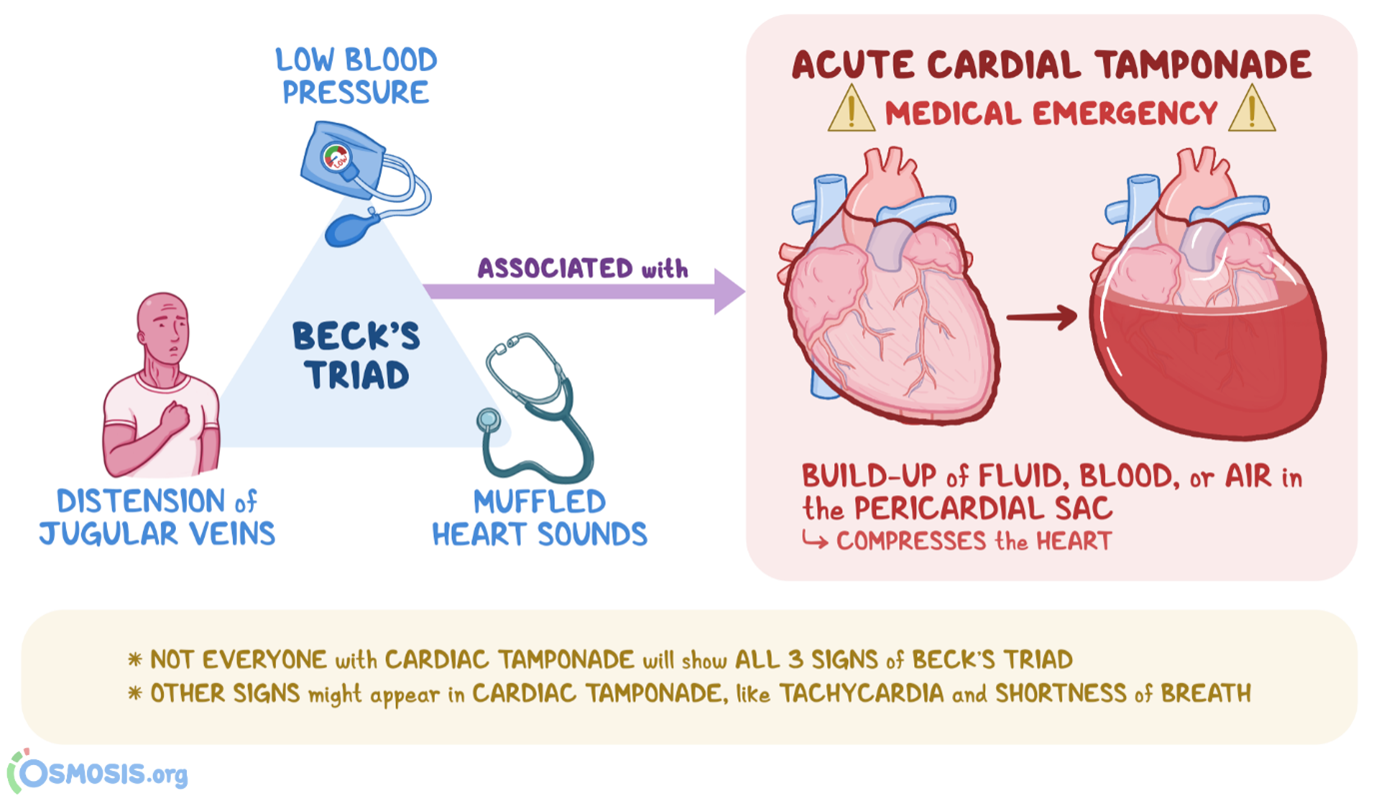The patient weighing 147 pounds with septic shock has a BP of 70/46 mm Hg, pulse 136, respirations 30, temperature 104° F, and blood glucose 391 mg/dL. Which intervention red by the health care provider should the nurse implement first?
Give a 2000mL normal saline bolus
Start insulin drip to maintain blood glucose at 110 to 150 mg/dL.
Give acetaminophen (Tylenol) 650 mg rectally.
Give prescribed Antibiotics
Start norepinephrine (Levophed) to keep systolic blood pressure >90 mm Hg.
The Correct Answer is D
In septic shock, prompt administration of antibiotics is crucial in order to target the underlying infection and prevent further progression of the septic process. Antibiotics help to eradicate the causative organisms and reduce the bacterial load, which can help improve patient outcomes.
While all the options mentioned are important interventions in the management of septic shock, initiating antibiotic therapy is considered a priority in order to address the underlying infection and prevent sepsis-related complications.
A. Giving a 2000 mL normal saline bolus in (option A) is incorrect because: Fluid resuscitation is important in septic shock to restore intravascular volume, but antibiotic therapy takes precedence as it directly targets the underlying infection.
B. Starting an insulin drip to maintain blood glucose at 110 to 150 mg/dL in (option B) is incorrect because Glycemic control is important in septic shock, but it is not the first priority compared to addressing the infection.
C. Giving acetaminophen (Tylenol) 650 mg rectally in (option C) is incorrect because Antipyretic medications can help reduce fever, but they do not address the underlying infection or stabilize the patient's condition.
E. Starting norepinephrine (Levophed) to keep systolic blood pressure >90 mm Hg in (option E) is incorrect because: Vasopressor support may be necessary in septic shock to maintain adequate blood pressure, but initiating antibiotics takes priority in order to address the underlying infection.
Therefore, in a patient with septic shock presenting with the given signs and symptoms, the nurse should first implement the intervention of giving the prescribed antibiotics to target the underlying infection.
Nursing Test Bank
Naxlex Comprehensive Predictor Exams
Related Questions
Correct Answer is B
Explanation
In this scenario, the patient's signs and symptoms suggest a state of shock, which can be caused by various factors, such as hypovolemia, cardiac dysfunction, or systemic vasodilation. The first priority in managing a patient in shock is to ensure adequate oxygenation and tissue perfusion. Administering oxygen at 100% per non-rebreather mask helps improve oxygen delivery to the tissues and supports vital organ function.
A. Placing the patient on a continuous cardiac monitor in (option A) is incorrect because it is an important step to monitor the patient's heart rhythm and identify any abnormalities. However, providing oxygen should take priority to address the potential hypoxemia and tissue hypoperfusion.
C. Inserting two 14-gauge IV catheters in (option C) is incorrect because it is crucial for establishing large-bore access for fluid resuscitation and medication administration. While it is an important step, addressing oxygenation takes precedence.
D. Drawing blood to type and crossmatch for transfusions in (option D) is incorrect because it is an important step in managing a patient in shock who may require blood products. However, ensuring adequate oxygenation through oxygen administration is the immediate priority.
Therefore, the nurse should act first on the order to administer oxygen at 100% per non-rebreather mask to support the patient's oxygenation and tissue perfusion.
Correct Answer is D
Explanation
Beck's triad consists of three classic clinical manifestations that are suggestive of cardiac tamponade, which is the compression of the heart by accumulated fluid or blood within the pericardial sac. The three components of Beck's triad include:
A. Muffled heart tones in (option A) are incorrect because Cardiac tamponade can dampen or muffle heart sounds due to the presence of fluid or blood around the heart, which can impair sound transmission.
B. Marked hypotension in (option B) is incorrect because Cardiac tamponade can cause decreased cardiac output, leading to hypotension, which is characterized by low blood pressure.
C. Distended jugular veins in (option C) is incorrect because Elevated venous pressure resulting from impaired filling and elevated right-sided heart pressures can lead to jugular vein distension, which is commonly seen in cardiac tamponade.
However, widening pulse pressure (the difference between systolic and diastolic blood pressure) is not typically part of Beck's triad. Widening pulse pressure is associated with her conditions such as aortic regurgitation, hyperthyroidism, or conditions involving increased stroke volume, rather than cardiac tamponade specifically.

Whether you are a student looking to ace your exams or a practicing nurse seeking to enhance your expertise , our nursing education contents will empower you with the confidence and competence to make a difference in the lives of patients and become a respected leader in the healthcare field.
Visit Naxlex, invest in your future and unlock endless possibilities with our unparalleled nursing education contents today
Report Wrong Answer on the Current Question
Do you disagree with the answer? If yes, what is your expected answer? Explain.
Kindly be descriptive with the issue you are facing.
